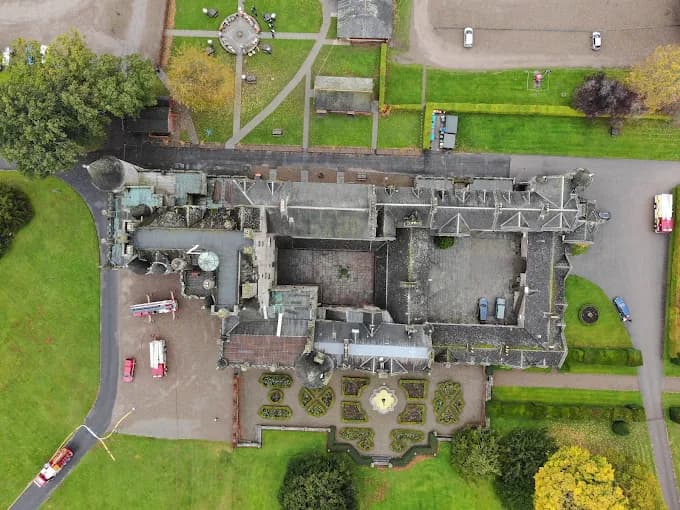
Plugging your drone battery in to charge overnight seems convenient, but it’s a significant gamble.
These powerful LiPo drone batteries aren't like the one in your phone and carry serious risks when left unattended.
A dangerous process known as thermal runaway can begin without warning, creating a serious fire hazard. Before you walk away for the night, you need to understand what's happening inside that drone battery and why it's so critical to monitor it.
30 Second Summary
- Charging your drone battery overnight creates a significant fire hazard because the process is completely unsupervised.
- An overcharged LiPo battery can enter thermal runaway, which is a rapid and unstoppable chemical chain reaction that results in a fire.
- Even a "smart" charger is not infallible and can malfunction due to defects, wear, or a power surge, removing a critical failsafe against overcharging.
- You will be unable to detect critical warning signs of a battery failure—such as heat, swelling, or popping noises—if you are asleep while it is charging.
- For maximum safety, you must always charge your batteries during the day on a non-flammable surface where you can actively monitor the entire process.
Charging drone batteries overnight increases fire and overheating risks if left unsupervised
Although it's convenient to leave your drone battery charging while you sleep, you're creating a serious, unsupervised fire hazard.
When you're not present, you can't respond to the first signs of trouble.
A drone battery might start to feel unusually hot to the touch, make strange popping noises, or begin to swell. These are critical warning signs you'd miss entirely while you're asleep. Without your immediate action, a simple overheating issue can escalate quickly into a much bigger problem.
It's not just about the drone battery itself; you must also consider the surrounding area. An unattended malfunction on a flammable surface like a wooden desk or near curtains puts your entire property and personal safety at significant risk.
You must always supervise the charging process from start to finish. This active monitoring allows you to disconnect the power immediately if you notice any problems, preventing a potential disaster before it even begins.
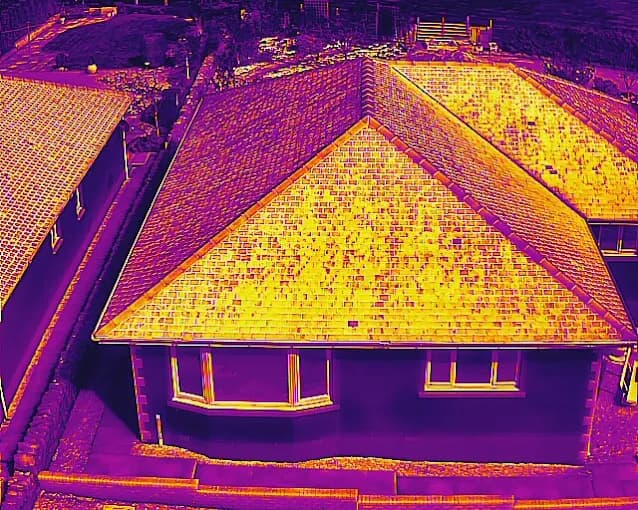
LiPo drone batteries can enter thermal runaway when overcharged, leading to smoke or combustion
Because drone batteries are typically Lithium Polymer (LiPo), they're vulnerable to a dangerous process called thermal runaway if you overcharge them.
When you leave a drone battery charging for too long, like overnight, you risk pushing too much energy into it. This overcharging causes the drone battery's internal temperature to climb uncontrollably.
As one cell in the LiPo pack overheats, it triggers a chain reaction, causing adjacent cells to heat up and fail as well. This is what's known as thermal runaway.
The result isn't just a ruined drone battery; it's a significant fire hazard. This chemical reaction can cause the drone battery pack to swell, hiss, and then violently vent hot, toxic gases.
Often, this is followed by thick smoke and even outright combustion. It's a rapid, self-sustaining process that can escalate from a simple overcharge into a serious fire, illustrating why you must never leave your LiPo drone batteries charging unattended.
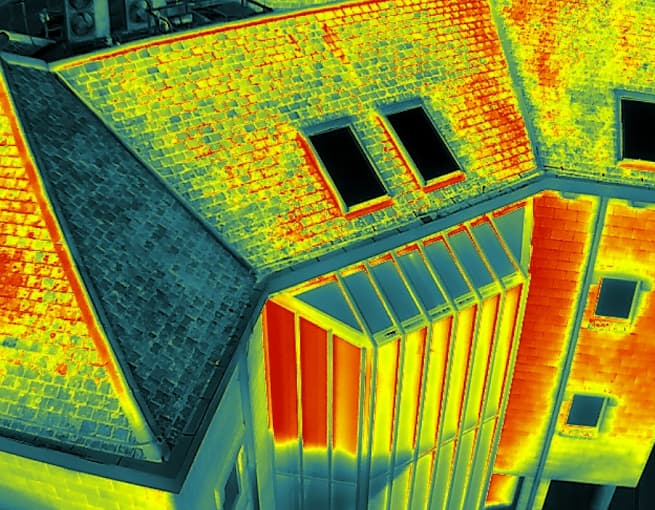
Always charge drone batteries on a non-flammable surface and never near flammable objects
Your charging setup is your first line of defense against a potential drone battery fire. You must always prepare for the worst-case scenario.
Never charge your drone batteries on flammable surfaces like a wooden desk, carpet, or your bed. Instead, you'll want to use a surface that won't ignite if the drone battery fails. Good options include a concrete garage floor, ceramic tile, or a metal workbench.
It’s just as important to keep the surrounding area clear of anything that could easily catch fire. Don't charge your drone batteries near curtains, stacks of paper, or flammable liquids like solvents.
For an extra layer of crucial protection, always use a dedicated LiPo-safe charging bag or a properly vented ammo can. These containments are designed to smother a fire or direct its energy, significantly reducing the risk of it spreading. This simple precaution is a non-negotiable part of responsible drone ownership.
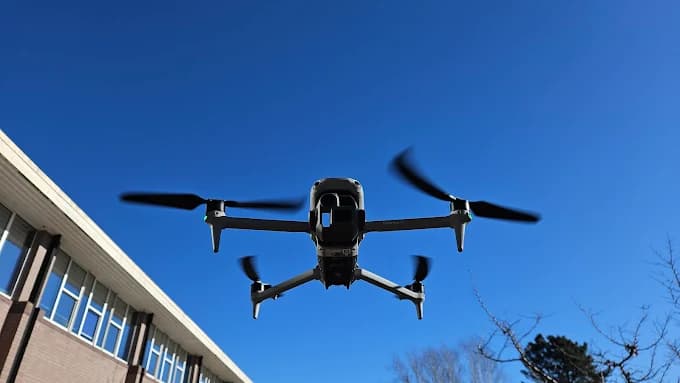
Even smart chargers should not be left unattended overnight, as no system is fully fail-safe
While today's smart chargers have built-in safety features like overcharge protection, you can't rely on them to be completely infallible. Think of them as a safety net, not an absolute guarantee.
Every electronic device has a potential for failure, no matter how well it’s designed. A charger can suffer from a hidden manufacturing defect, internal component wear, or damage you might not even notice.
An external event like a power surge could also bypass its protective circuits, causing it to malfunction and dangerously overcharge the drone battery.
This is precisely why leaving a drone battery to charge while you're sleeping is a significant gamble. You won't be there to notice the critical warning signs that something's wrong, like a hissing sound, a foul chemical smell, or the drone battery pack swelling.
A potential thermal runaway event could spark and quickly escalate into a fire, and you'd be completely unaware until it's a major emergency.
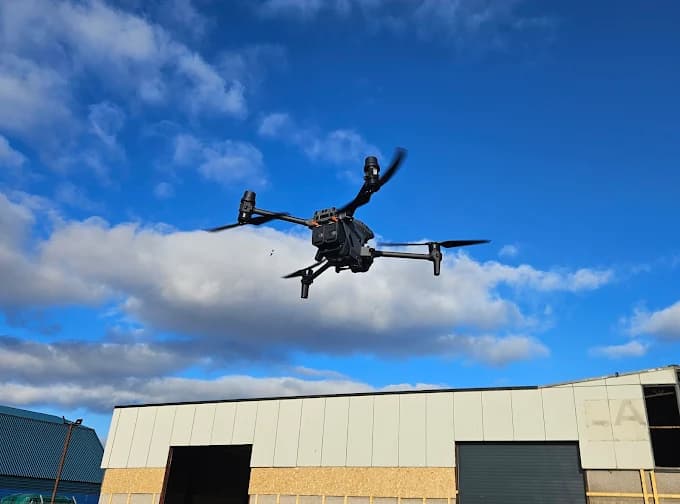
The safest approach is to charge drone batteries during the day, monitor them, and unplug once full.
Since leaving a drone battery unattended is so risky, your safest bet is to charge it during the day when you're awake and nearby.
This approach allows you to actively monitor the entire charging process. You can periodically check the drone battery for any warning signs of trouble, such as excessive heat, physical swelling, or strange noises.
If you notice any of these red flags, you can immediately unplug the charger, move the drone battery to a safe location, and prevent a potential disaster like a fire.
Once your drone battery’s indicator light signals it's fully charged, don't just leave it connected. You must unplug it right away.
Even with smart chargers that have auto-shutoff features, it’s the best practice to physically disconnect the power source. This simple action completely eliminates any lingering risk of overcharging and minimizes stress on the drone battery’s internal cells, which will ultimately help prolong its overall lifespan and performance.
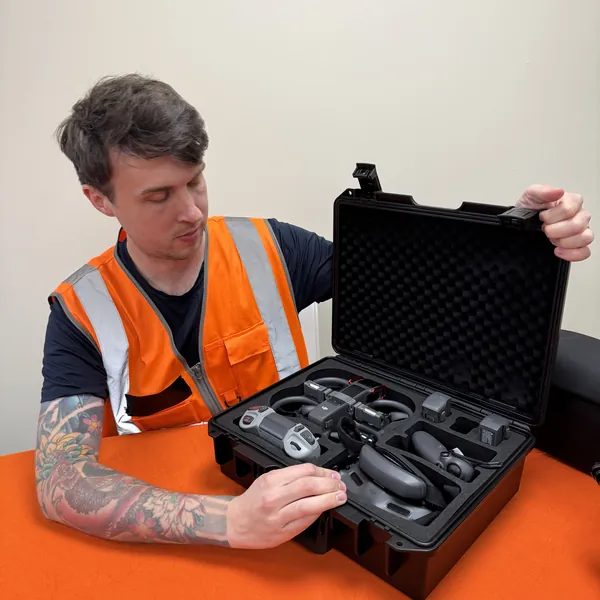
Frequently Asked Questions
How Should I Store My Batteries for Long Periods?
For long periods, you'll want to discharge your drone batteries to a storage level, which is around 40-60% capacity. Don't store them fully charged or empty. Many smart drone batteries do this automatically after a few days. You should place them in a fireproof LiPo bag or a drone battery-safe box for safety. Keep this container in a cool, dry place, and always avoid exposing your drone batteries to extreme temperatures to prevent permanent cell damage.
Does Leaving a Battery Plugged in Degrade Its Lifespan?
Yes, leaving your drone battery plugged in degrades its lifespan. Even with smart chargers that prevent overcharging, you're still keeping the drone battery at a 100% state of charge.
This high-voltage state puts continuous stress on the drone battery's internal chemistry, accelerating capacity loss over time.
For optimal health, you should unplug your drone batteries soon after they're full. Consistently leaving them at full charge will permanently reduce their overall performance and shorten their usable life.
What Should I Do if My Battery Looks Swollen or Puffy?
If your drone battery looks swollen or puffy, you must stop using it immediately as it's a severe fire risk. Don't try to charge, discharge, or puncture it.
Carefully move the drone battery to a fireproof container or a safe outdoor location, like on concrete, far from flammable materials.
You'll then need to take it to a local hazardous waste disposal facility or a drone battery recycling center, as it can't be thrown in the regular trash.
What Is the Ideal Temperature for Charging Drone Batteries?
You'll get the best results charging your drone batteries at room temperature, ideally between 68°F and 77°F (20°C to 25°C). Don't ever charge a cold drone battery; you must let it warm up first to avoid permanent damage.
It's also crucial that you let a hot drone battery cool down after flying before you plug it in. Charging your drone batteries when they're at extreme temperatures significantly shortens their lifespan and creates a safety risk.
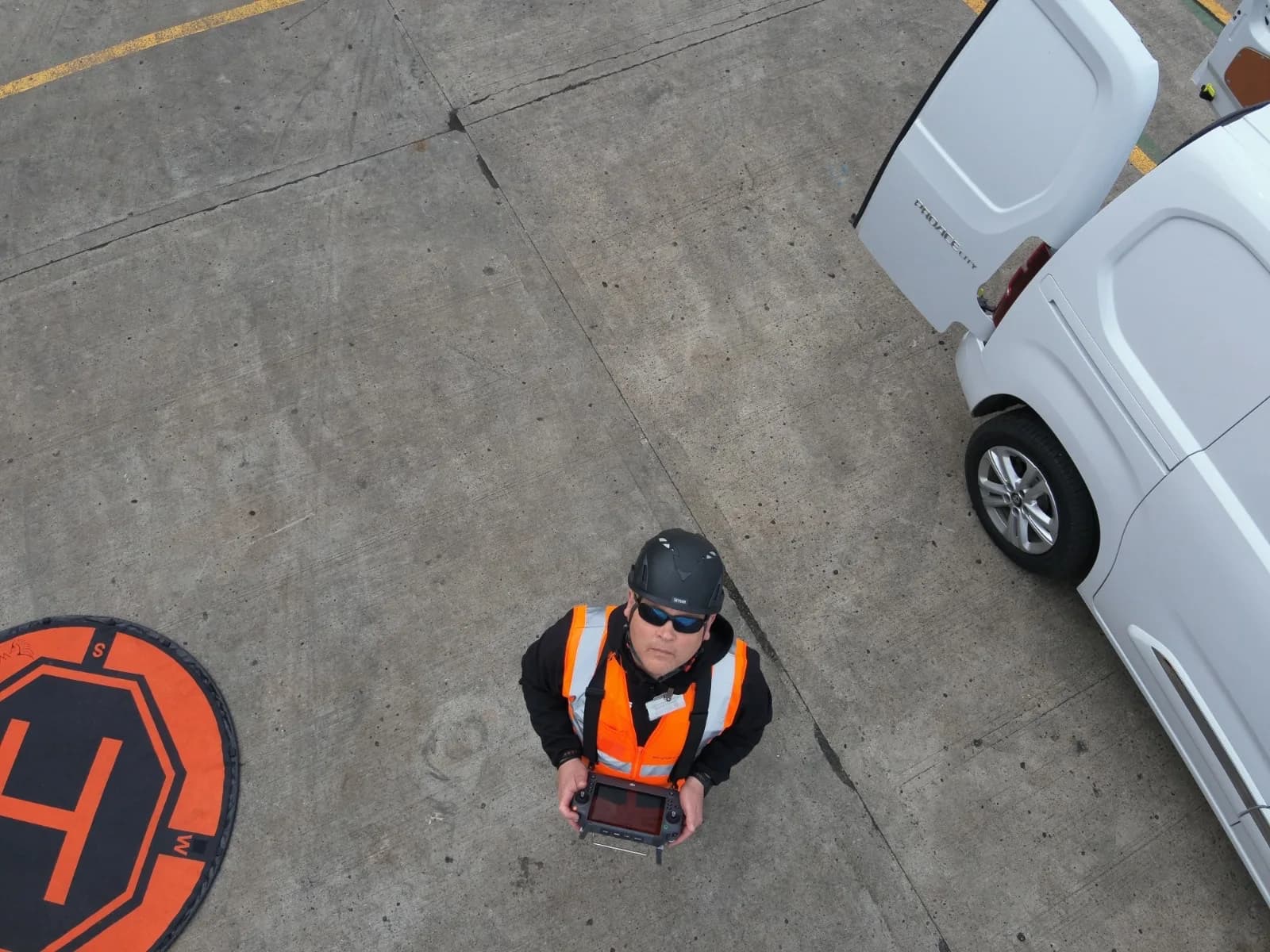
Should I Fully Discharge Batteries Before Recharging Them?
No, you shouldn't fully discharge your drone batteries before recharging. Modern LiPo drone batteries don't have a "memory effect,", and completely draining them can cause permanent damage, shortening their overall lifespan.
For optimal health, you should land your drone and recharge the drone battery when it reaches about 20-30% remaining power. This practice helps you maximize the number of flight cycles you'll get from your drone batteries and protects your investment in them.
Hire a Certified Drone Pilot for Safe and Compliant Operations
Understanding the fire risks associated with LiPo drone batteries and the potential for charger malfunctions is a non-negotiable part of professional drone operations.
Instead of managing these safety challenges yourself, you can entrust your project to an expert who handles them as a standard part of their workflow.
HireDronePilot solves this challenge by connecting businesses with verified professional drone pilots for hire.
The drone operators on our network possess the essential certifications (A2 CofC/GVC) and expertise in critical safety protocols, including correct LiPo drone battery management and risk mitigation.
As the UK's premier managed marketplace, we streamline drone services through competitive bidding, ensuring quality, compliance, and value for every aerial project across the United Kingdom.
About the Author

Written by
Peter Leslie
Peter Leslie is a CAA-approved commercial drone pilot with 10+ years experience and over 10,000 flight hours. He holds the GVC and A2 CofC drone licences with full CAA Operational Authorisation. Peter is a member of ARPAS-UK, the UK's non-profit trade association for the drone industry. He founded HireDronePilot to connect UK businesses with qualified, insured drone operators.
Looking for More Drone Work?
Join the UK's leading network of professional drone pilots and grow your business.
Open Access
Bid on any job - all jobs open to all pilots
Grow Revenue
Access high-value commercial projects
Stay Busy
Fill your schedule with regular work
Related Articles

Our Drone Survey Service In Stirling, Scotland
Bringing you Stirling drone survey data from areas no one else can fly.

How Much Does A Drone LiDAR Survey Cost
Forecasting your drone LiDAR survey cost requires understanding what's hidden beyond the initial quote.

Step By Step Process Of Drone LiDAR Survey
Next, discover the crucial post-flight steps that determine your survey's success.
